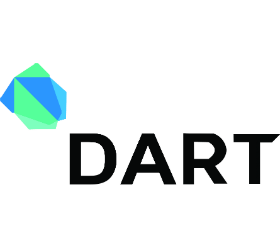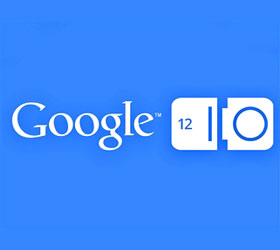Google has just released a Web UI library for their Dart programming language.
For those not familiar with Dart, it is a replacement for JavaScript that Google has been developing, and one that they eventually want to support right in the browser. For now it can be compiled to standard JavaScript and run in any browser.
The Dart language comes with a number of libraries that include a wide range of features and functionality, and the Web UI library is one of them.
The Web UI library is actually based on a new upcoming standard for building components for the web.
Currently there are a number of components that are important but not natively available in HTML. These are usually implemented in JavaScript and HTML if needed by an application. For example a date / calendar widget, a slider, or tabs. The issue with these components is, however, that they add a lot of markup to the page that by itself doesn’t mean anything, and only gives structure to the element.
What the upcoming Web Components standard will allow you to do, and what the Dart Web UI library allows you to do already is to split such functionality into a separate component definition.
So let’s say you have a slider component, which has a over a dozen div elements, it could be defined in a separate file, and simply used in the future using a simple tag like <x-slider /> which could be passed the requisite options.
Other than being based on the Web Components standard, the Dart Web UI library also provides a number of convenient features such as dynamic templates and live data binding.
If you are looking into developing web applications with Dart, or are already familiar with Dart, you might want to learn more about Dart Web UI package from the Dart documentation. You can download the Dart Editor—a Dart IDE based on Eclipse— from here or you can check out the source code from GitHub.



